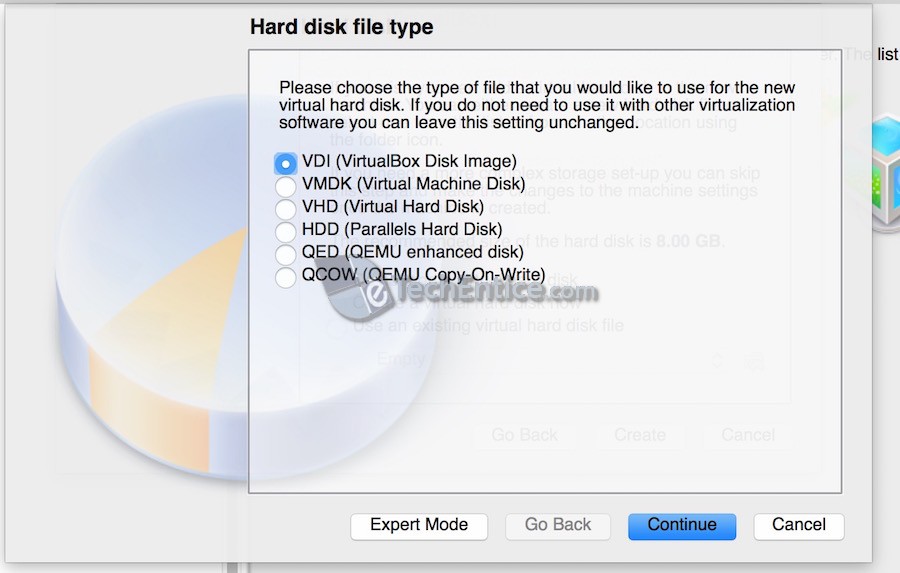Hello,
Installation and Configuration of RHEL 7.x Learn about Installation and initial configuration of Red Hat Enterprise Linux, RHEL 7.3 For this Linux step by step installation guide we will use RHEL 7.3 64Bit iso image, the installation procedure is same for all RHEL 7.x releases in case you want to use a different RHEL version to install. Nov 26, 2011 Installing the Graphical Window System (X.org-X11) and the Default Desktop Environment on CentOS 6 Performing the default 'Minimal' install of CentOS 6 does not install the graphical subsystem (the X.org server) and the desktop environment (e.g. GNOME or KDE).
That will depend on what ultimate desktop environment you want to end up with. To install just plain X Windows on a system without it, you would do something like: codeyum groupinstall "X Window System" /codeAt that point you will have enough. If you have performend a RHEL 7 Linux Server installation and did not include Graphical User Interface (GUI) you can do it later directly from command line using yum command and selecting an appropriate installation group. To list all available installation groups on Redhat 7 Linux use: root@rhel7. I just successfully installed X Windows guys, so it does look like X Windows supported for RHEL Server. (I even got it to reboot after the install was complete, created a user name, setup the time/date and clicked finish.) It rebooted again after this configuration was complete.
 I have a server up and running.
I have a server up and running.I am trying to install Oracle on it...just for learning purposes.
Oracle states that I need a X window system. When I installed and configured my server, I did not include X.
So now I am looking for a quick Howto to just install X on CentOS 5. Everything I find states that X is part of the
base installation and I should select it there. I don't want to have to reload and reconfigure everything I have
Install X Windows Redhat 7
successfully running right now.
Rhel Install Java
So, Can anyone point me to a Howto to just install an X server on to my system?
Thank you,
ton80
Updated 11-26-2011 at 02:29 PM bygearge
Performing the default 'Minimal' install of CentOS 6 does not install the graphical subsystem (the X.org server) and the desktop environment (e.g. GNOME or KDE). Such OS install is nice for building an optimal system from scratch, setting up a headless server (no monitor, keyboard and mouse) and other purposes; but for one reason or another, you may still require a graphical user interface (GUI). This tutorial will show you how to install and start the graphical window system and the desktop environment of your choice.
To achieve the task, you will need to install the following package groups (groups of packages combined for a common purpose): 'X Window System', 'Desktop', 'Fonts' and 'General Purpose Desktop' (last two are optional). This will install about 500 additional packages on your system (~250MB download, or you may use the available OS installation DVD to retrieve packages).
(Please enter this as is - package group names as well as package names are case sensitive).
Previous versions of RHEL and its derivatives provided a package group called 'GNOME Desktop Environment', that was sufficient for a general purpose GNOME desktop. Currently, package group 'Desktop' installs all critical components of GNOME, including gdm (the GNOME Display Manager), plus a few additional packages; enough to provide a minimalist GNOME desktop with mouse support, a graphical file manager, copy/paste functionality and the luxurious GNOME Terminal emulator - maybe just what you need. Thus, installing the 'General Purpose Desktop' package group is optional, but will help you mimic the system you would probably get if you where to include the default graphical desktop during OS install. Alternatively, you can chose a single package group 'KDE Desktop', for a general purpose KDE Software Compilation.
It is generally recommended to install the 'Fonts' package group to improve usability of the GUI, no matter what desktop environment you choose to install.
You may view the complete list of available package groups by issuing:
You may review the contents of each package group by entering:
To boot directly into GUI, you will need to manually change the runlevel of the system from 3 (full multiuser environment with networking) to 5 (the same as mode 3 + X11), by changing the line 'id:3:initdefault:' to 'id:5:initdefault:' in /etc/inittab file. Or you can manually start X.org from console, by entering 'startx' (without quotes).
Upon installation and subsequent reboot, you will be presented with the 'Setup Agent' interface (even if you choose to stay in runlevel 3, you will see the text user interface of this tool - hence, the options provided will be different from the graphical variant). This is due to package 'firstboot' being automatically installed by the 'X Window System' package group and can be a handy way to setup a freshly installed system. All steps in 'Setup Agent' are optional, so you can just skim through them, skipping any. Though, creating a new normal user on a freshly installed system is done best through this graphical tool, as it helps automatically create the new user and associate it with groups (such as the 'video' group) appropriate for everyday use in a GUI environment . So, for the purpose of this tutorial, I would advice not skipping the user creation step.
The console interface for 'firstboot'